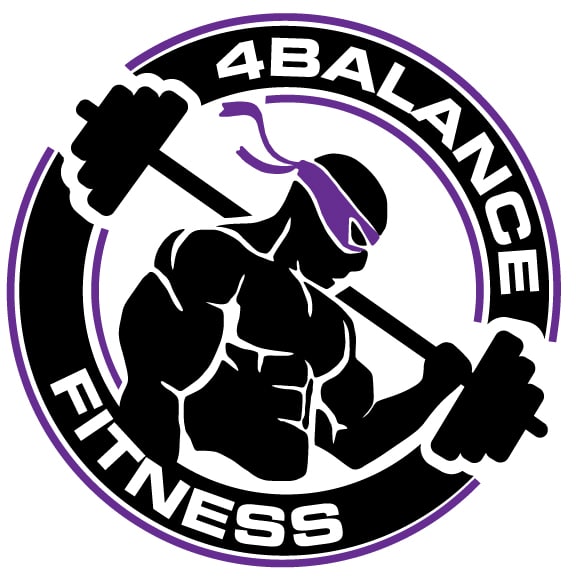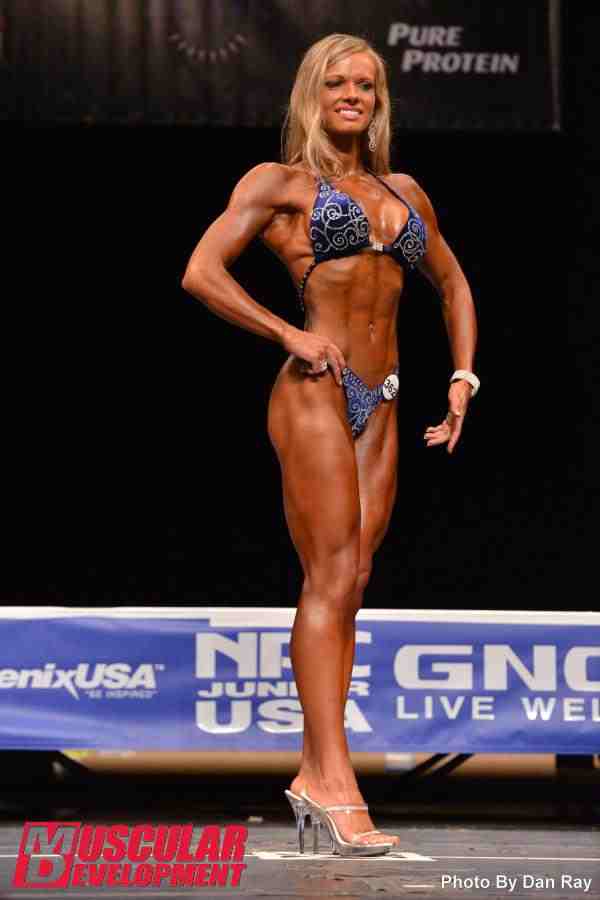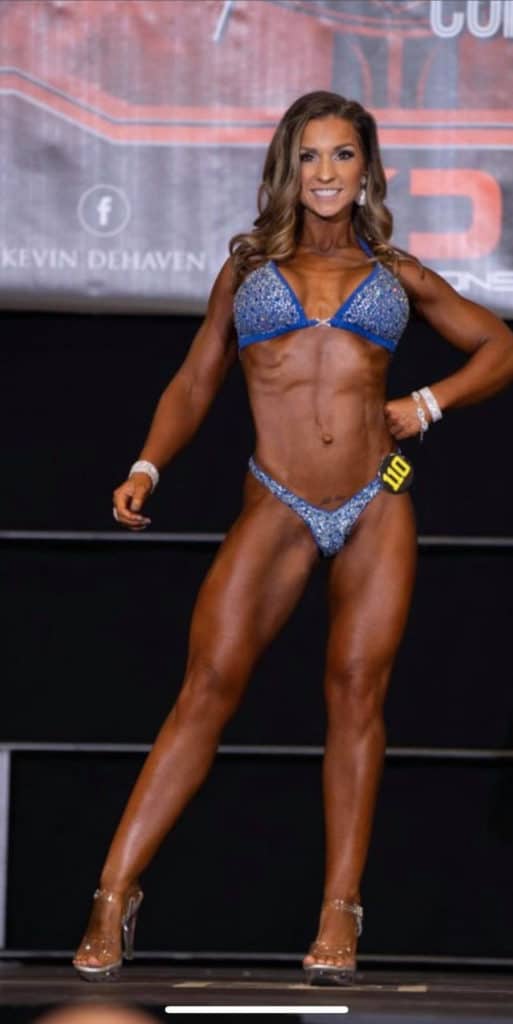When it comes to maximum performance on the track or at the gym, it’s crucial to fine-tune both the body’s engine and its fuel. Nutrition plays a pivotal role in athletes’ training, with most advice tailored toward the “one size fits all” philosophy. However, emerging research indicates that individual factors, including gender, significantly impact the body’s energy dynamics during exercise. For women, understanding these nuances can lead to dietary strategies that enhance performance and support overall well-being.
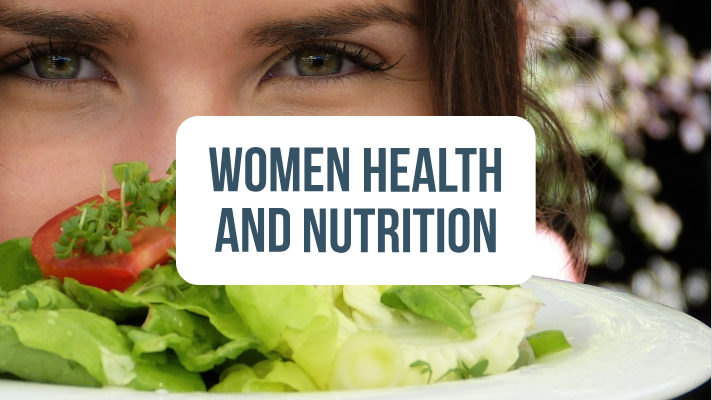
The Baseline of Gender in Energy Utilization
Research in the field of sports physiology has long highlighted the distinct ways men and women use energy. One study, in particular, examined glycogen, the body’s primary fuel source for vigorous physical activity, in trained female runners compared to their male counterparts. The findings were striking: women used significantly less muscle glycogen than men during a 10-mile run (Impey et al., 2020). This disparity isn’t confined to marathon-length challenges; women exhibit a glycogen-sparing advantage across various exercise modalities and durations, owing to a higher reliance on fat as an energy source.
The Hormonal Edge
Hormonal factors eclipse simple physics in dictating energy expenditure. Key among these is estrogen, which can trigger a cascade of metabolic shifts favoring fat utilization. It stimulates the release of growth hormones and primes the body to respond more robustly to the fat-burning signals from adrenaline. In the realm of nutrition, this suggests that women not only need less glycogen but are also more efficient at mobilizing and burning fat. This hormonal difference provides a critical nod to why traditional dietary guidelines, designed primarily on male physiology, may not optimize women’s performance.
Navigating Carbs and Fats
The traditional advice to “carb up” before a race spawns from men’s metabolic habits. With a female-centric lens, however, women may find that a more balanced approach — higher in healthy fats — supports their unique energy demands. This strategic pivot can have profound implications for training regimens, competition preparation, and overall health. For women, incorporating adequate dietary fats can bolster hormone production and aid in maintaining a lean, fat-burning physique. This destroys the myth that “I NEED MY CARBS”.

Countering the Norm with Personalized Advice
Given the biological and metabolic differences, it’s clear that women in fitness require a nuanced strategy when it comes to nutrition. Here are actionable steps to harness these differences and customize dietary requirements:
Research-Informed Diet Planning
Navigating the cacophony of dietary advice often means sifting through a predominantly male-centric pool of research. For women, though, seeking out findings and nutrition plans based on their unique metabolism is paramount. This directly challenges traditional nutritional guidance but is essential for optimizing performance.
Carving a Path with Fat
For women, a diet richer in healthy fats can be a game-changer. Not only do fats promote satiety, but they also facilitate vital hormone production and modulate the body’s energy dynamics. A diet balanced in macronutrients, with a larger fat component, can enhance endurance, promote muscular integrity, and support training recovery.
Appetite Regulation Through Nutrition
Studies have uncovered gender disparities in appetite modulation in response to different diets. A Mediterranean diet, with its moderate fat content, has been shown to elicit lower hunger ratings in women, indicating a potentially more effective approach to calorie control. A diet that includes healthy fats can thus regulate appetite, contributing to a leaner body composition and streamlined access to energy stores.
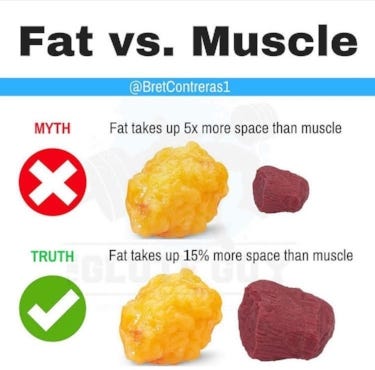
Empowering Women with Foundational Nutrition
The call to action for personalized nutrition targeted at women’s distinct energy needs is urgent. By understanding and celebrating these differences, women can turn the needle toward more effective training, peak performance, and ultimately, a healthier lifestyle.
The New Paradigm of Fitness Nutrition
The traditional approach to fitness nutrition, largely shaped by male physiology, is under scrutiny. It’s time to usher in an era of inclusivity, focusing on individual needs rather than gender stereotypes. By equipping women with the tools to manage their nutrition in alignment with their unique metabolic pathways, we pave the way for a new standard in women’s athletic excellence.
Looking Beyond the Plate
Optimizing nutrition for women is not confined to balancing macronutrients. Adequate hydration, thoughtful supplementation, and strategic timing of meals are equally pivotal. High-quality protein sources, especially after exercise, support muscle recovery. Adding the right carbohydrates to meals can complement training dynamics. And, vitamin and mineral supplementation can bridge the gap for specific needs, such as iron, which is essential for oxygen transport in endurance events.
Inclusion in the Nutritional Conversation
To truly transform the fitness and nutrition landscape, it’s vital to ensure that women are both represented and prioritized in dietary research and practice. This inclusivity extends beyond the lab to public forums, where advice should cater to the diverse needs of female athletes.
The path to excellence in women’s athletics is multifaceted, with nutrition playing a significant role. By recognizing and addressing the disparities in energy utilization and honing nutritional strategies accordingly, women can unlock their full potential, rewrite the narrative of gender-specific performance, and solidify their place at the forefront of fitness and sports. It’s time to put women’s energy needs under the spotlight and pave the way for tailored and empowering nutritional guidance. Let’s continue to advocate for and support women in their pursuit of optimal health and athletic excellence. So, let’s come together to create a more inclusive and progressive approach to nutrition for female athletes. The future is bright, and by harnessing the power of nutrition, we can help women achieve success on their terms. Remember, it’s not just about fueling performance, but also promoting overall health and well-being. Let’s fuel our bodies with the right nutrients to reach new heights in fitness and beyond. So, join the conversation and be a part of this transformational journey towards women’s nutritional empowerment. Together, we can break barriers and pave the way for a stronger, healthier future for all female athletes. Let’s make nutrition an integral part of every woman’s athletic journey and celebrate the unique capabilities and achievements of women in sports. Because when we prioritize women’s nutritional needs, we are promoting a more equitable and inclusive world for all. Keep pushing boundaries and never stop fueling your greatness!
As we continue to push for progress in the world of women’s athletics, let’s also remember to prioritize self-care and mental well-being. It’s important to listen to our bodies and give ourselves the necessary rest and recovery time. By taking care of ourselves, we can perform at our best and continue to break barriers.
Furthermore, let’s not forget about the importance of diversity and representation in sports nutrition. As we strive for equality in all aspects of athletics, let’s ensure that female athletes from all backgrounds and communities have access to proper nutrition education and resources. Let’s celebrate the diversity of women in sports and recognize that there is no one-size-fits-all approach when it comes to fueling our bodies.
Finally, let’s continue to challenge the outdated stereotypes and expectations placed on female athletes. We are strong, capable, and resilient – and our nutrition should reflect that. Let’s break away from restrictive diets and embrace a more balanced and inclusive approach to fueling our bodies.
REFERENCES
- Impey, S., et al. Glycogen Utilization during Running: Intensity, Sex, and Muscle-specific Responses. Medicine and Science in Sports and Exercise. 2020.
- Schmidt, S., et al. Adrenergic control of lipolysis in women compared with men. Journal of Applied Physiology. 2014. 117(9), 1008–1019.
- Bédard, A., et al. Gender Differences in the Appetite Response to a Satiating Diet. Journal of Obesity. 2015. 140139.
- Ingram, D., et al. Effect of low-fat diet on female sex hormone levels. Journal of the National Cancer Institute. 1987. 79(6): 1225-1229.
ABOUT THE AUTHOR

Michael Cole is a professional wrestler, nutrition coach, strength and bodybuilding coach, and co-owner of 4Balance Fitness. Follow us on Facebook and Instagram for more educational content and fitness inspiration.
